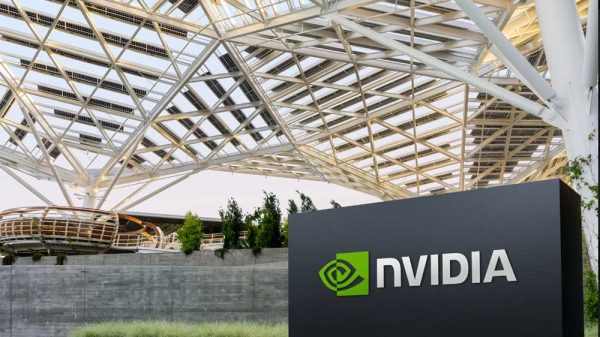SpaceX, the aerospace juggernaut founded by Elon Musk in 2002, has transformed the American space industry. Today, the company is valued at an estimated $400 billion, making it indispensable to U.S. space access. However, its journey from an ambitious startup to a dominant force in space exploration was far from smooth.
Breaking the Monopoly
When Musk established SpaceX using proceeds from the sale of PayPal, the U.S. space market was dominated by United Launch Alliance (ULA)—a joint venture between Boeing and Lockheed Martin. ULA’s monopoly allowed for exorbitant launch costs, often running into hundreds of millions of dollars per mission. Musk and SpaceX aimed to disrupt this system with cheaper and more efficient launches.
In 2003, Musk personally showcased the company’s first rocket, Falcon 1, in Washington, D.C., hoping to secure government contracts. His efforts paid off in 2004 when SpaceX received funding from the Defense Advanced Research Projects Agency (DARPA) and the U.S. Air Force.
Despite this early support, SpaceX struggled. The first three launches of Falcon 1 failed, nearly bankrupting the company.
NASA to the Rescue
The turning point came in 2008 when NASA awarded SpaceX a $1.6 billion Commercial Resupply Services (CRS) contract. This contract enabled SpaceX to develop its Falcon 9 rocket and Dragon capsule to deliver cargo to the International Space Station (ISS). The timing was critical, as the company had just achieved its first successful Falcon 1 flight.
In 2014, SpaceX won another vital NASA contract worth $2.6 billion to transport astronauts to the ISS. These contracts not only saved the company but also solidified its growing reputation as a reliable partner for U.S. space endeavors.
Dominating the Market
Fast-forward to 2024, and SpaceX conducted a record-breaking 134 orbital launches, accounting for 83% of all spacecraft launched globally. This figure more than doubled the launches of its closest competitor, the China Aerospace Science and Technology Corporation.
SpaceX’s innovative technology, including reusable rockets like Falcon 9, drastically reduced the cost of space access. This affordability has not only benefited NASA but also enabled competitors like Amazon and OneWeb to launch satellites on SpaceX rockets.
Strategic Assets
SpaceX’s contributions extend beyond launches. Its Dragon capsule and Falcon 9 are NASA’s primary means of sending astronauts and supplies to the ISS. The company’s Starlink satellite network provides critical internet access to remote areas and U.S. allies during conflicts.
Additionally, SpaceX is developing Starship, a massive rocket crucial to NASA’s Artemis program, which aims to return humans to the moon. The company is also building a classified network of spy satellites, Starshield, under a $1.8 billion contract.
Transforming the Space Ecosystem
According to Lori Garver, former NASA deputy administrator, SpaceX has revolutionized the space industry. “The lower cost of access to space is doing what we had dreamed of,” Garver said, adding that SpaceX has fostered a global ecosystem of companies leveraging affordable space access.











